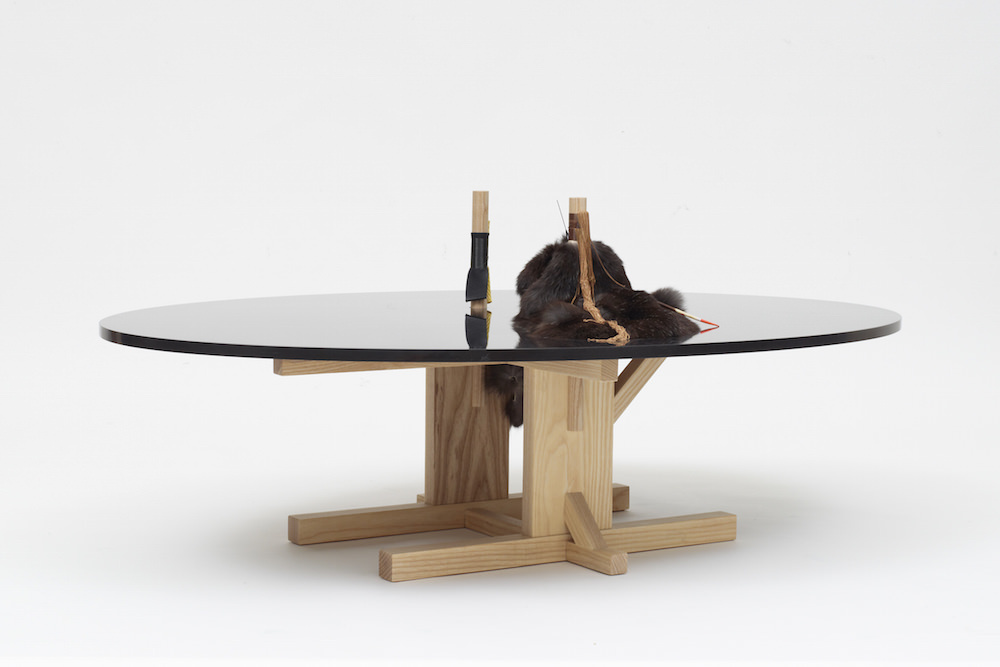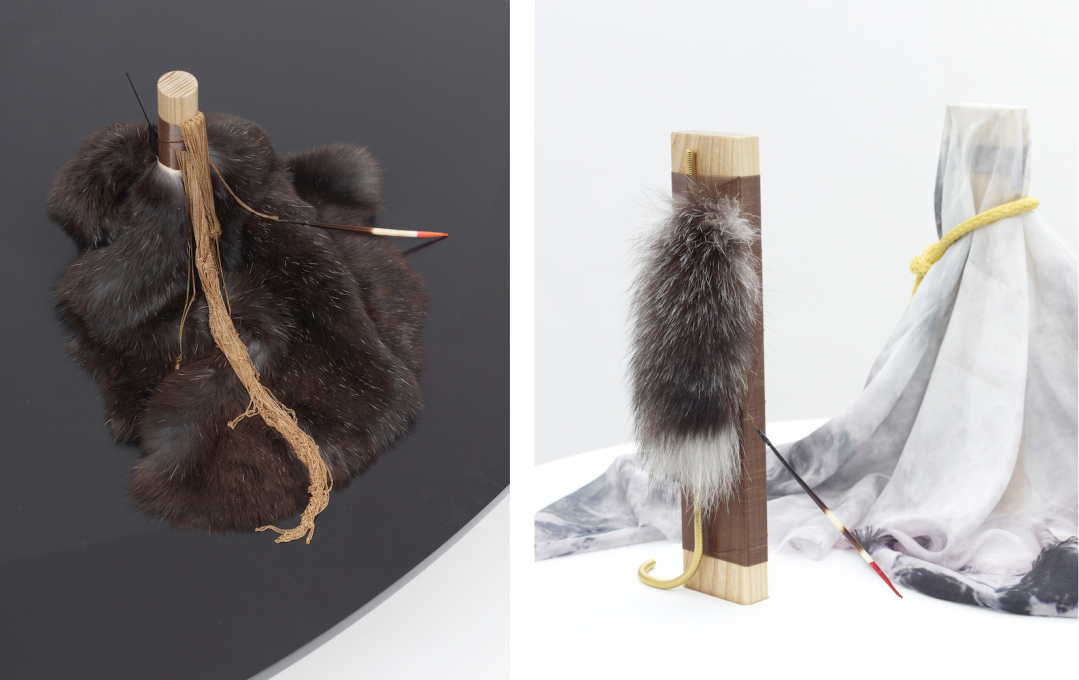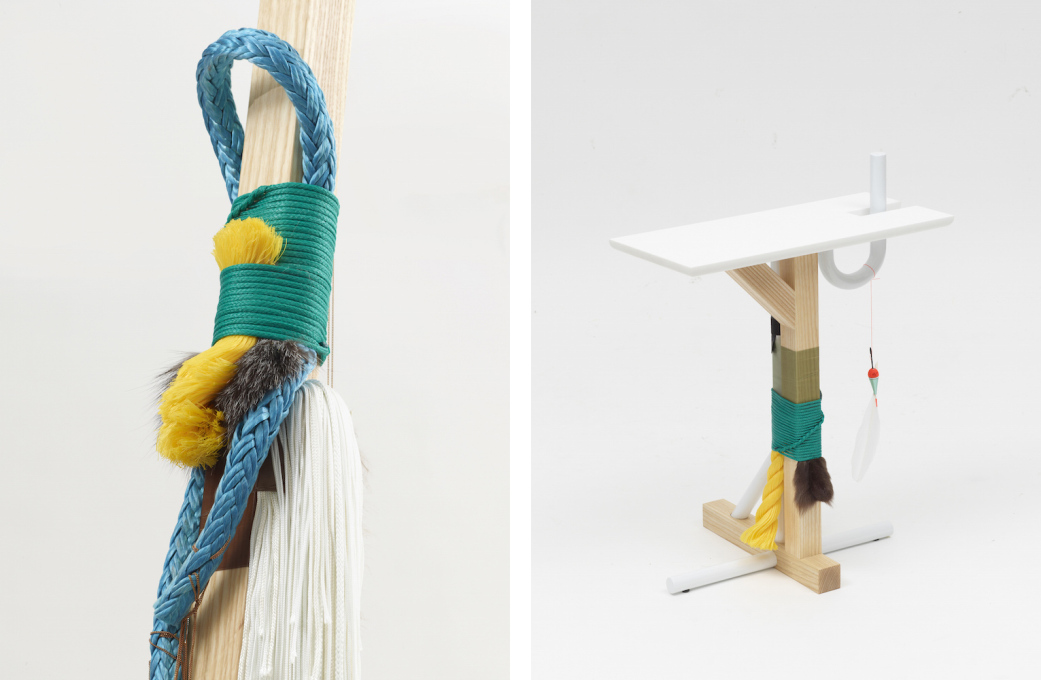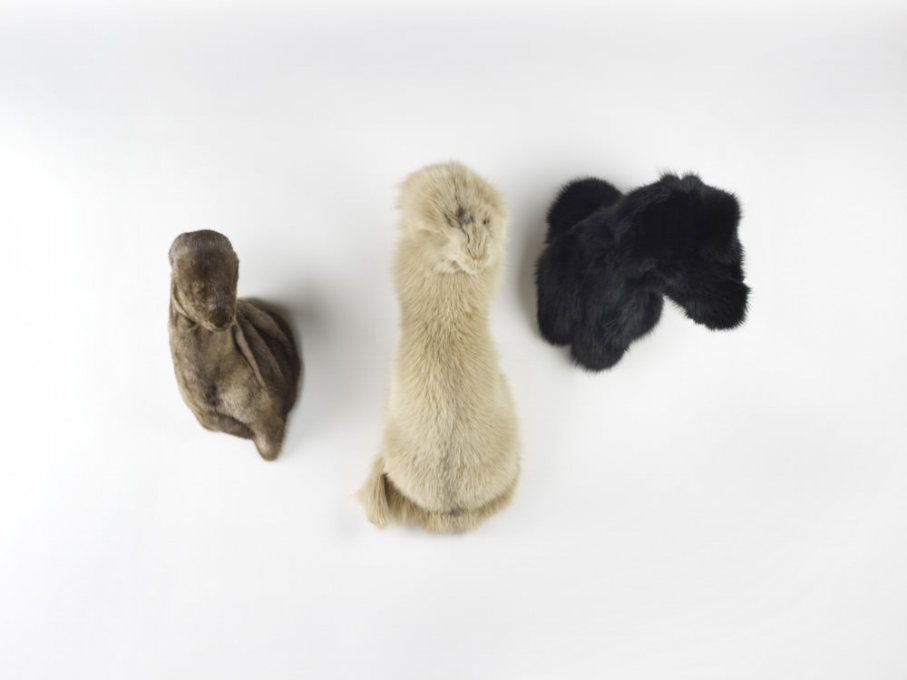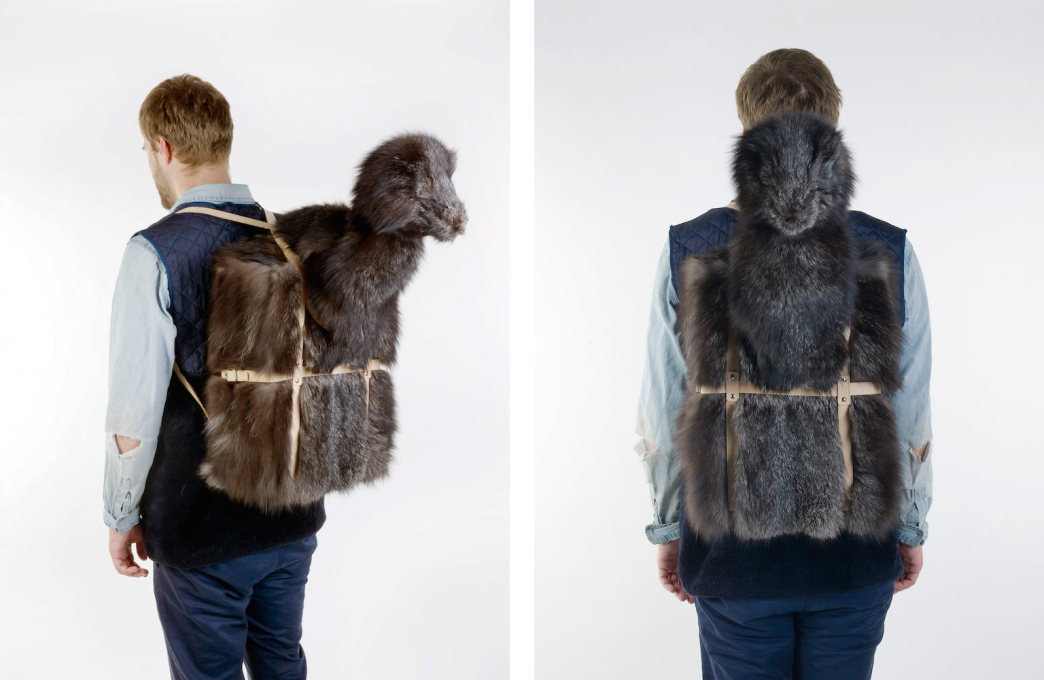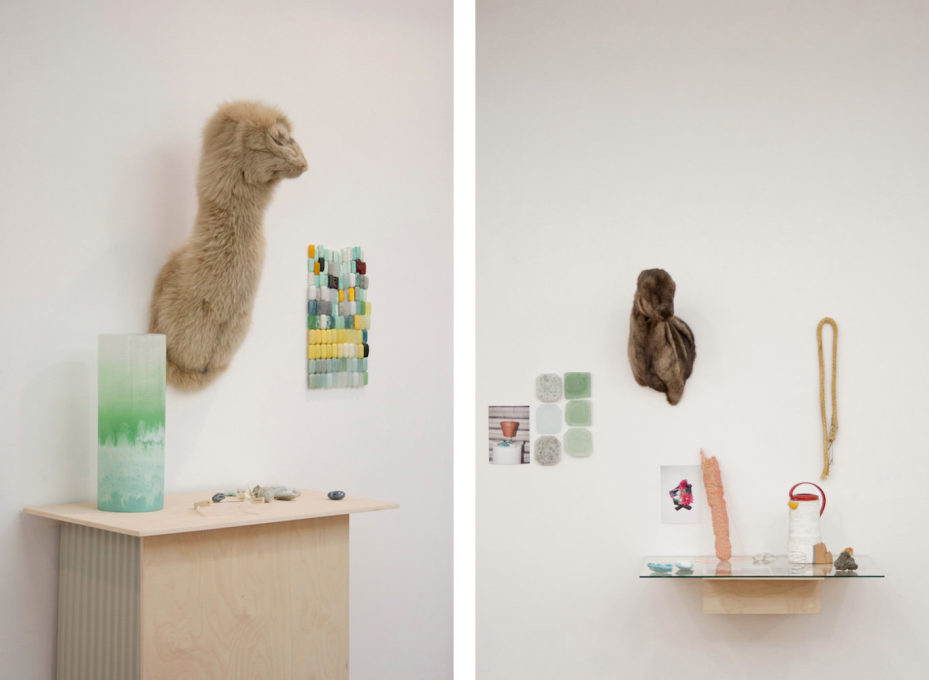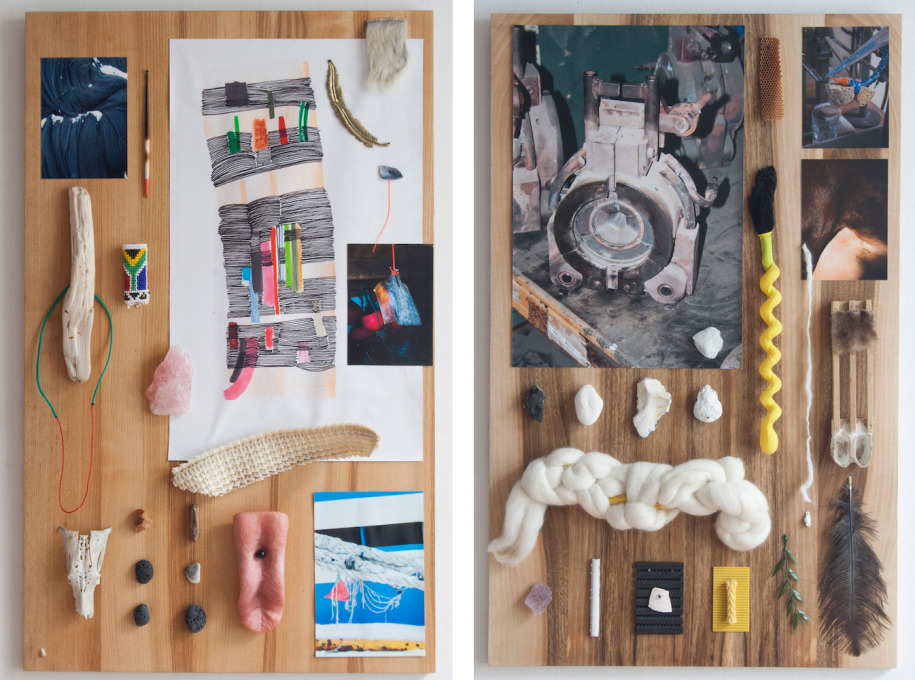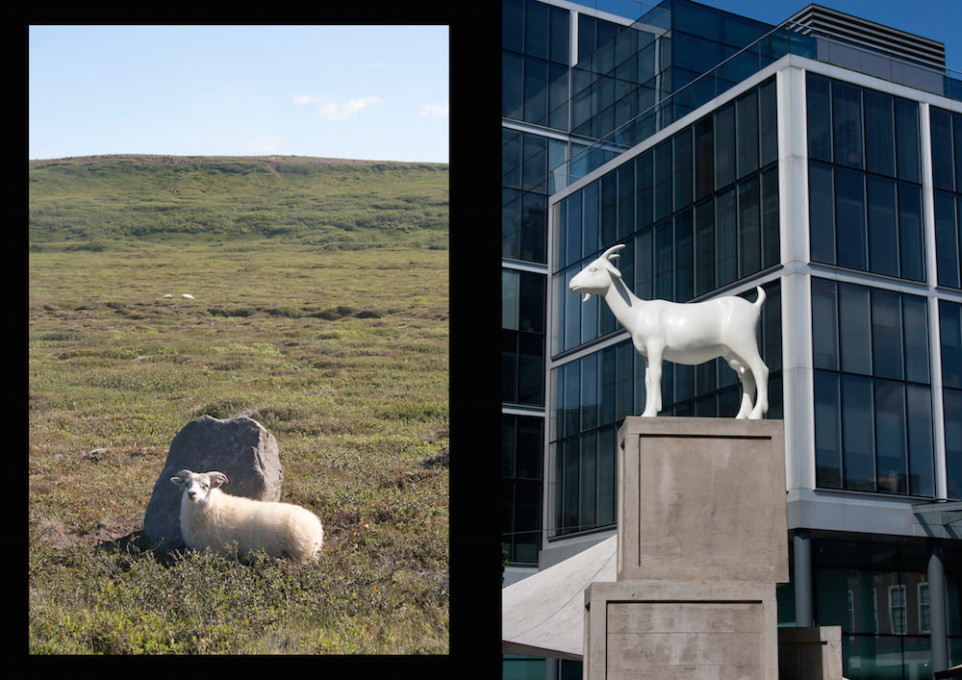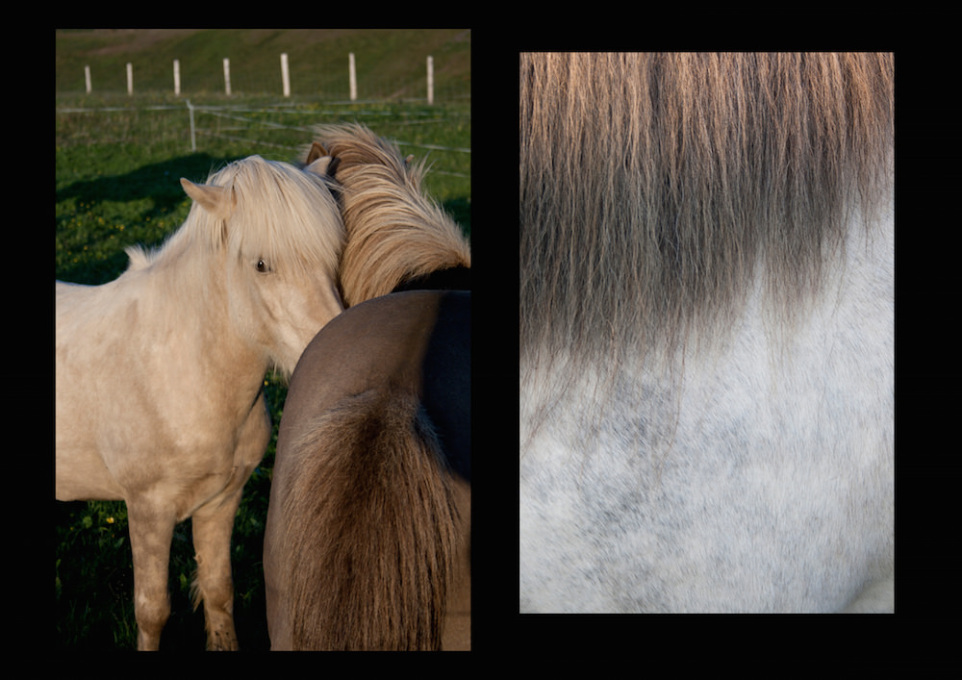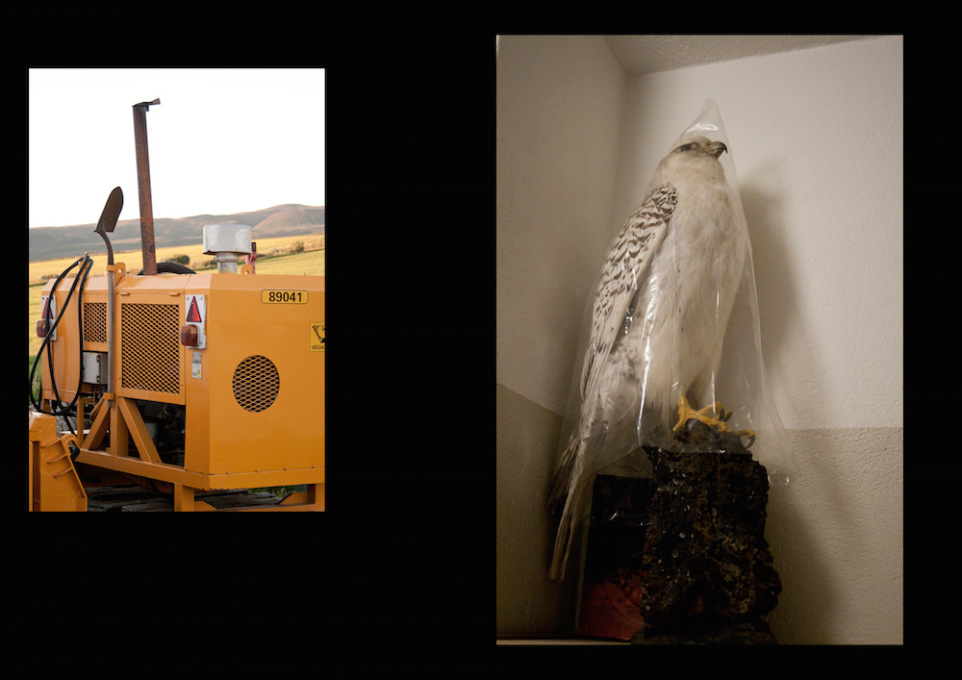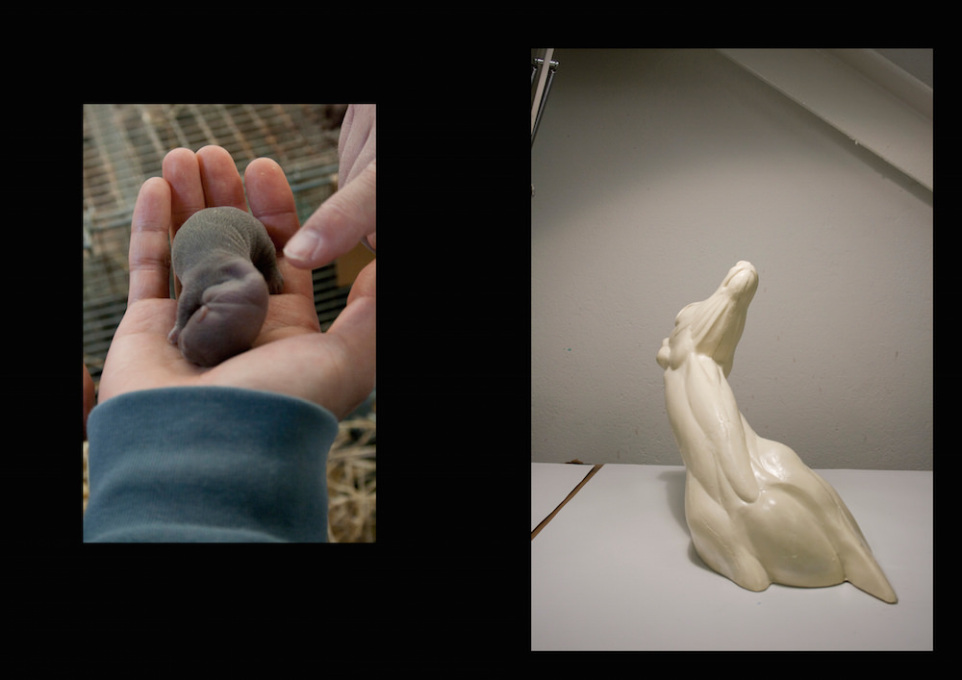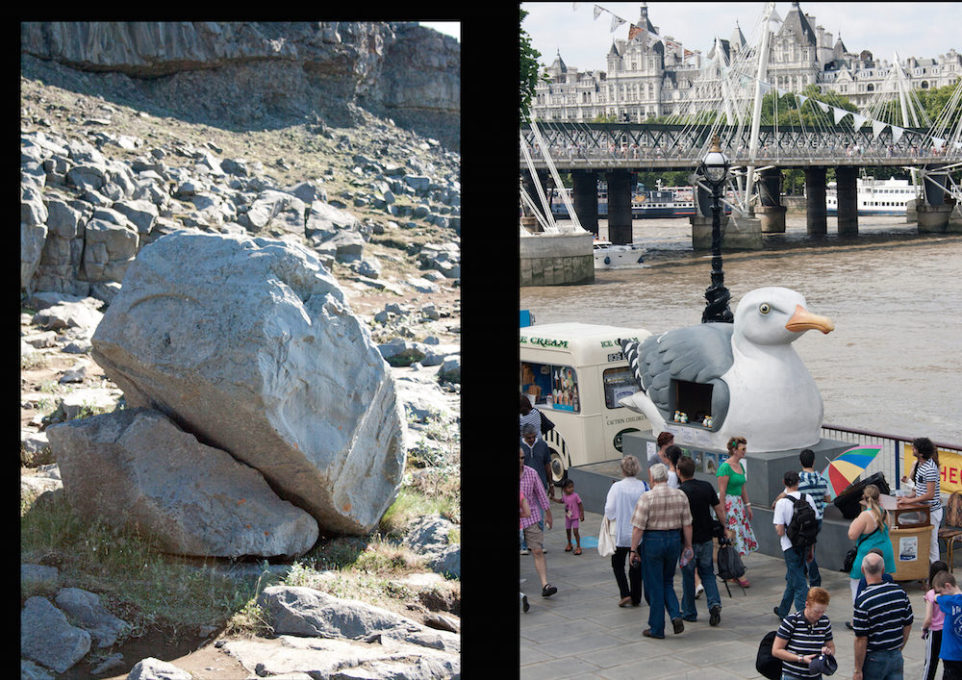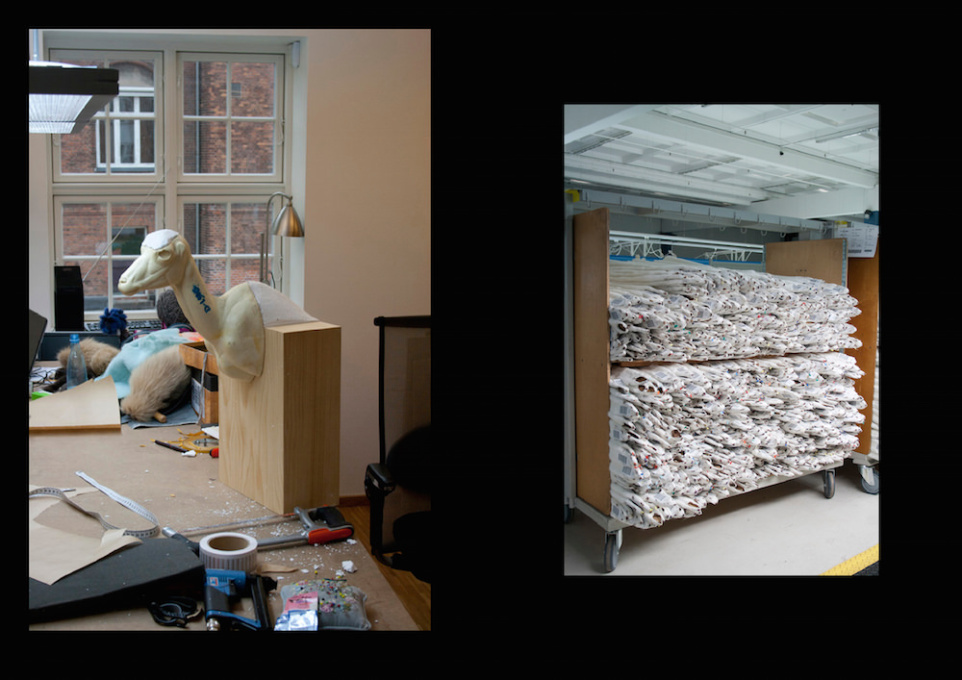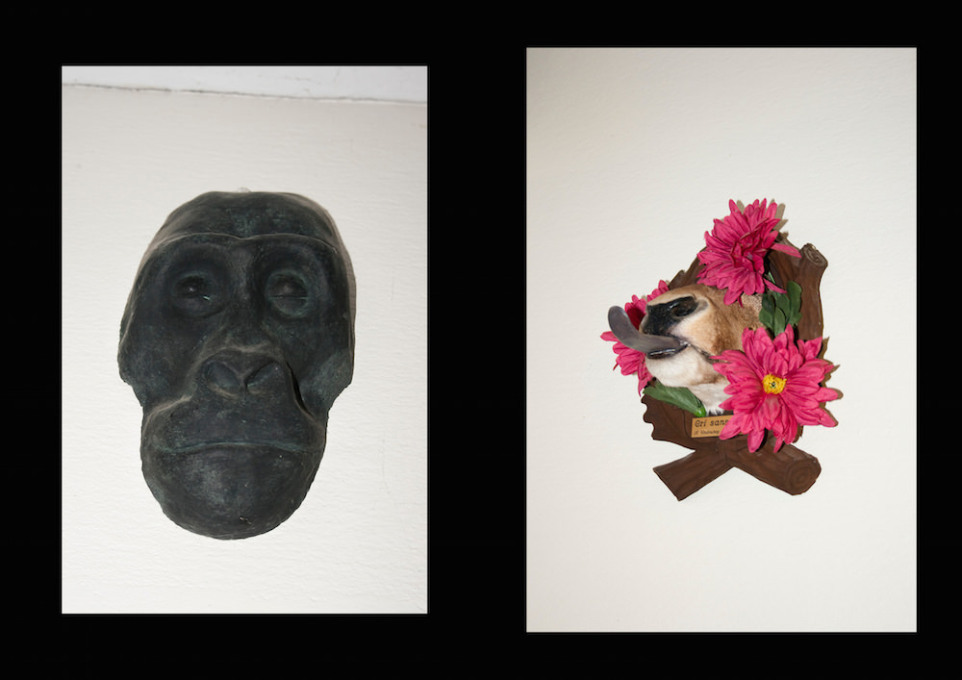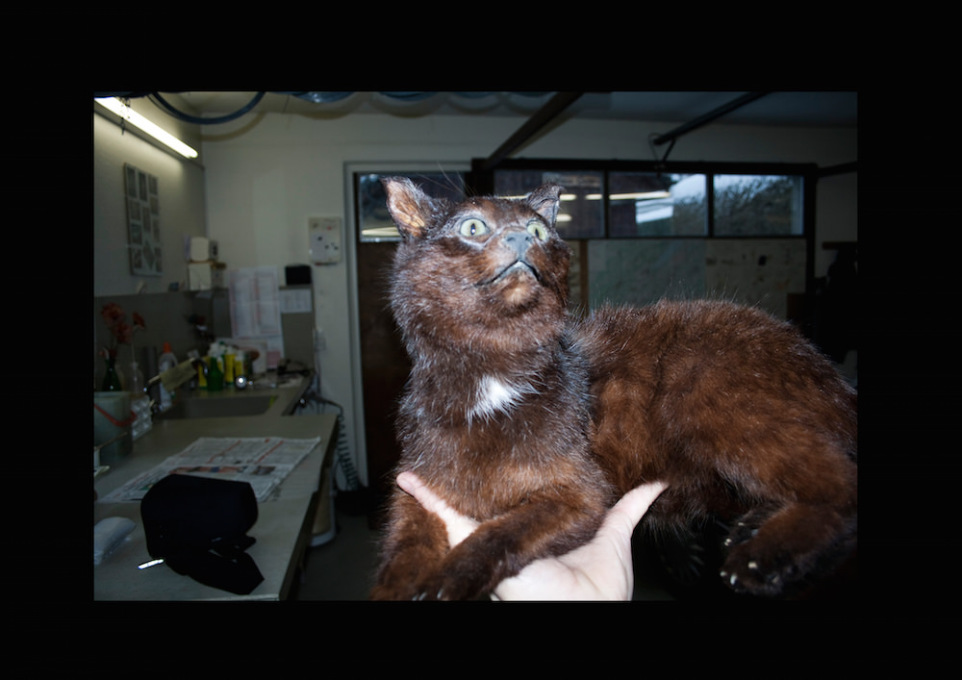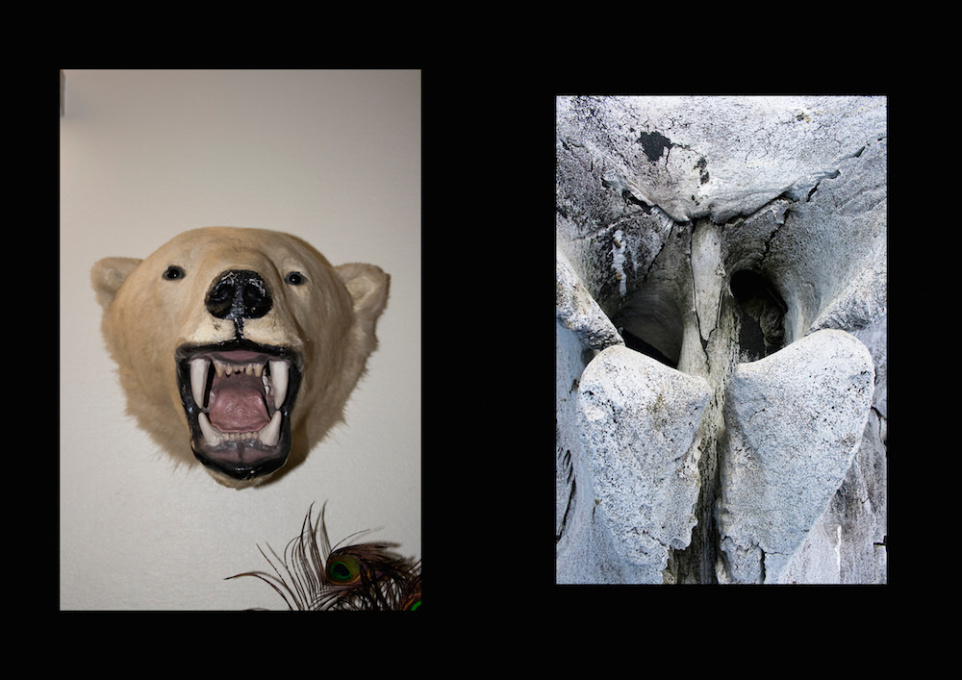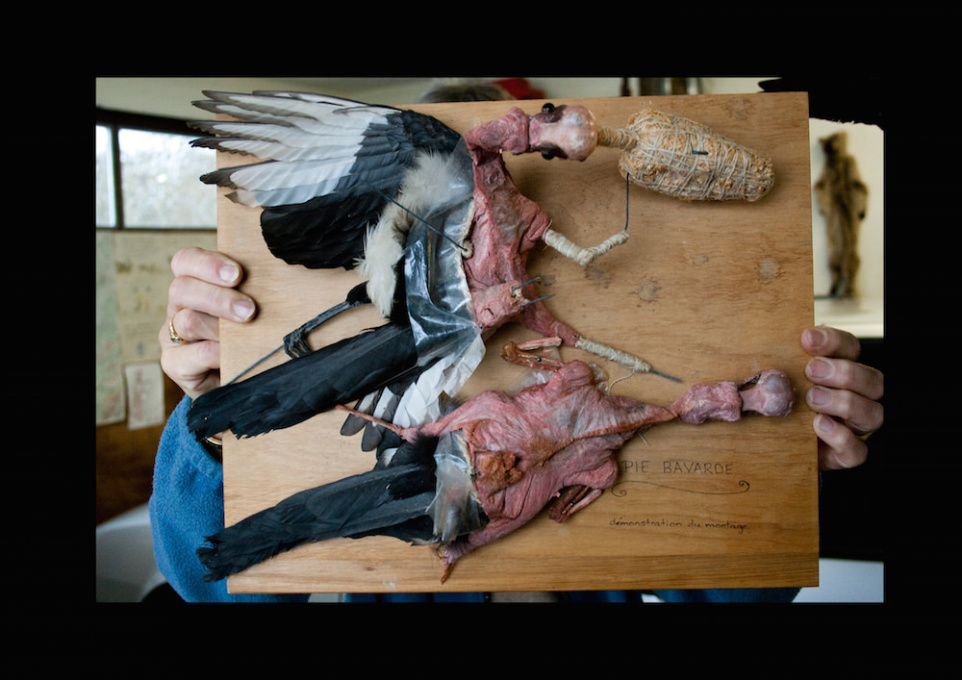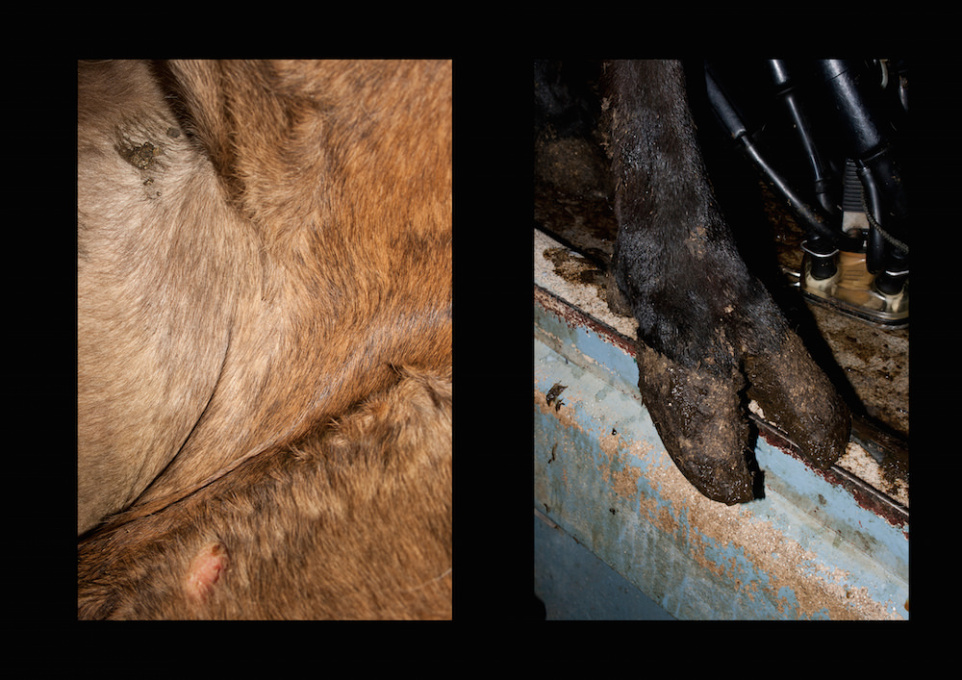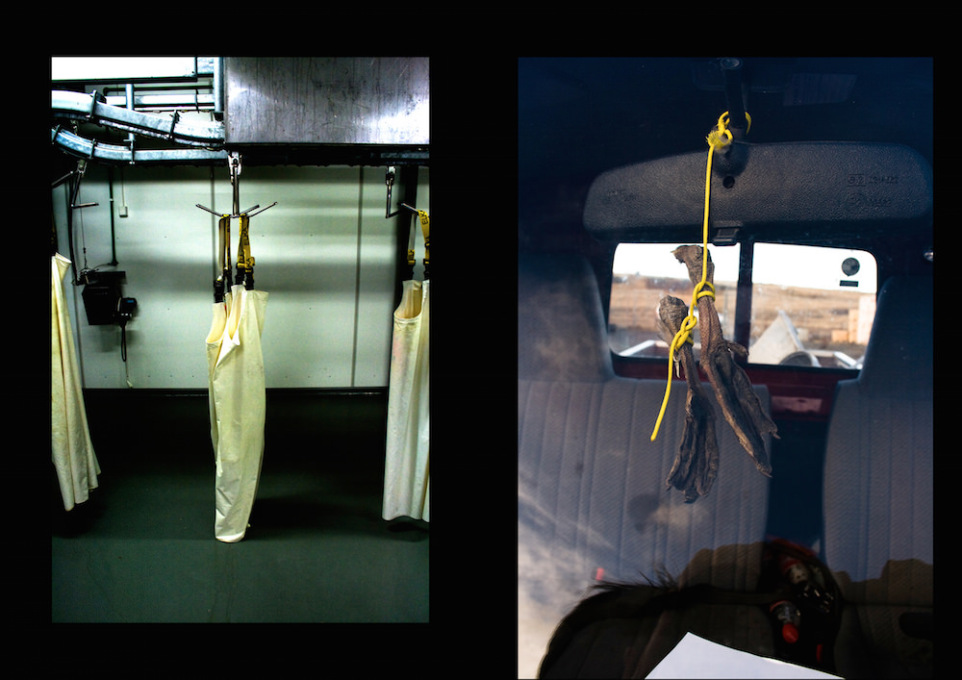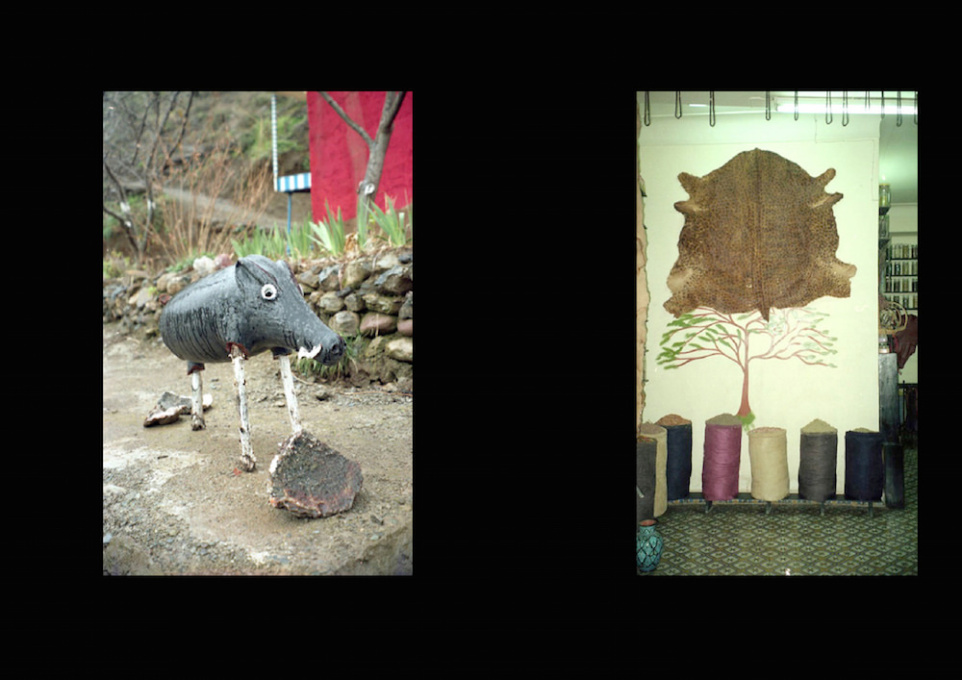uncube discovered the fur-tastic work of Icelandic designer-artist Brynjar Sigurðarson via the publication project Field Essays, whose creator Sophie Krier we interviewed last year on the topic of publication-as-education. The third issue of Field Essays brings together Siguðarson with the anthropologist Tim Ingold, for a collection that “will thrill amateurs of hand-made details, myths, darkness, isolation, micro-history, memory, stones, animals, and the supernatural”.
Documenting experience through photography is a fundamental part of Brynjar Sigurðarson’s practice, and over time he has amassed a stunning collection of images, often shown in pairs, which he calls his “Visual Vault”. From sheep (both real and fake) to gorilla masks or bones found on the beach, wildlife plays no small part in this body of work, which through surprising visual juxtapositions offers a profound meditation on the shifty divide between nature and culture. Flicking through these images alongside those of his design objects, the impact of travel and the environment on his thought process becomes clear.
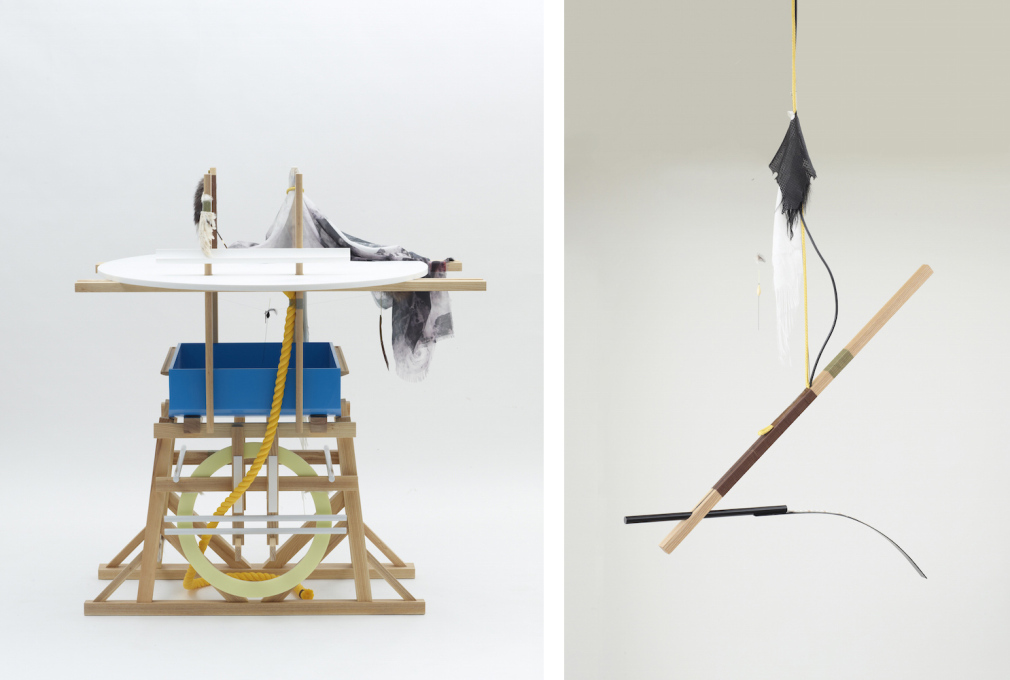
Images from Sigurðarson′s “Vault” are shown in exhibitions and publications, but the ideas they explore manifest in less obvious ways, such as curious (sometimes hilarious) objects, sounds, and videos. And true to his roots as a product designer, Sigurðarson has collaborated with a range of industry partners, including the Danish fur company Kopenhagen Fur, French pocelain manufacturer Sèvres, glass research center CIRVA, and Spanish shoe manufacturer Camper. The use of animal bodies and by-products in design is referred to both playfully and critically throughout.
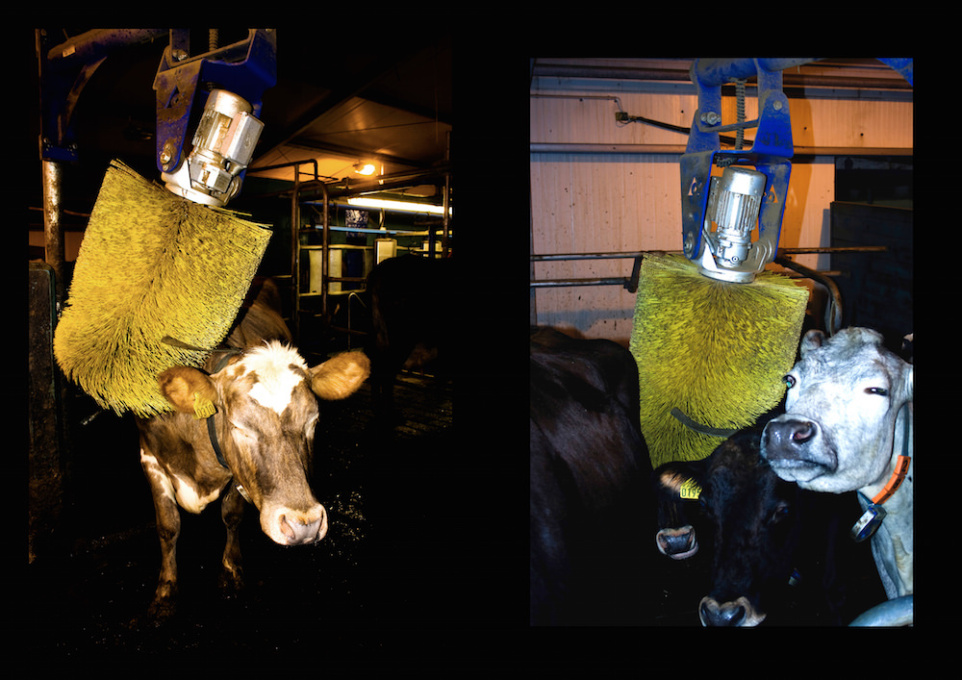
All this adventuring across working modes makes the designer a prime Field Essays collaborator – someone who learns by doing, or, as he says, putting himself in a situation without a specific end goal, and starting to work based on the experience. In one event during spring 2014, the “situation” was the epitome of artificially created nature: Field Essays held a workshop called Animal State at the botanical garden VU Hortus in Amsterdam, home to over 10,000 plant species. There Sigurðarson led a workshop for a group of 11 participating students to design habitats for imaginary animals. Design pedagogy at its most primal.
- Elvia Wilk
www.biano.is




